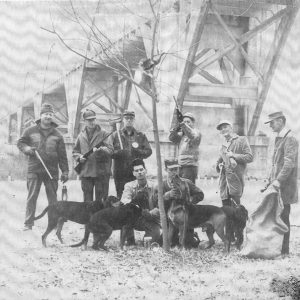 Racoon Hunters
Racoon Hunters
Entry Category: Counties, Cities, and Towns - Starting with R
 Racoon Hunters
Racoon Hunters
Raggio (Lee County)
 Railroad at Genoa
Railroad at Genoa
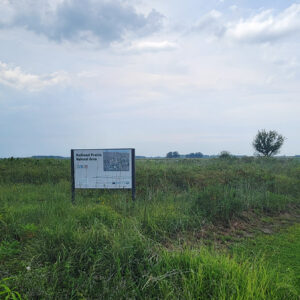 Railroad Prairie Natural Area
Railroad Prairie Natural Area
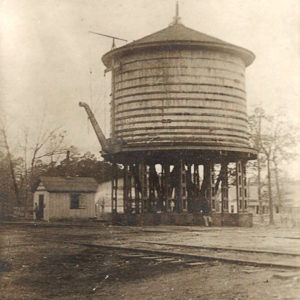 Railroad Tank
Railroad Tank
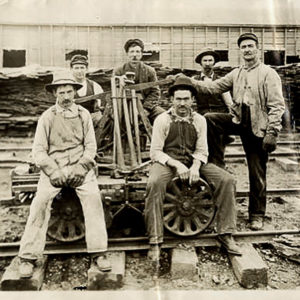 Railroad Workers near Jonesboro
Railroad Workers near Jonesboro
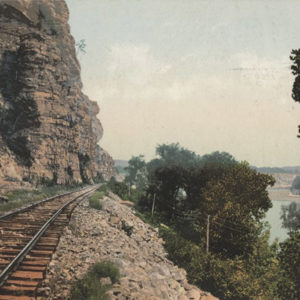 Railway at Penters Bluff
Railway at Penters Bluff
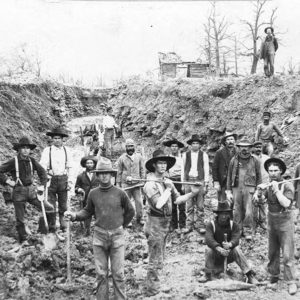 Railway Workers
Railway Workers
Randolph County
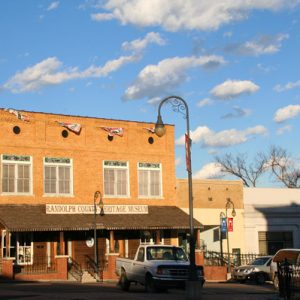 Randolph County Heritage Museum
Randolph County Heritage Museum
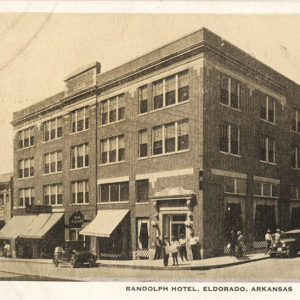 Randolph Hotel
Randolph Hotel
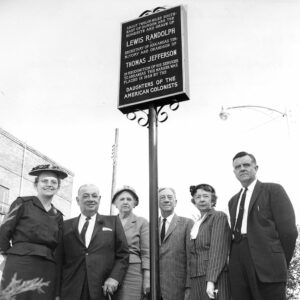 Randolph Plaque
Randolph Plaque
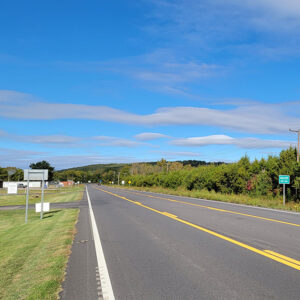 Entering Ratcliff
Entering Ratcliff
Ratcliff (Logan County)
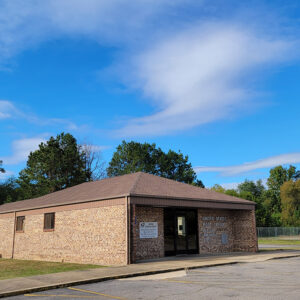 Ratcliff Post Office
Ratcliff Post Office
 Ratcliff Street Scene
Ratcliff Street Scene
Ravenden (Lawrence County)
Ravenden Springs (Randolph County)
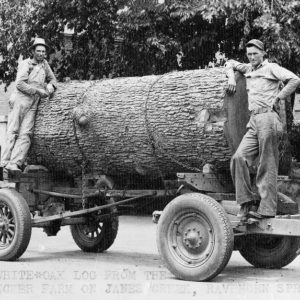 Ravenden Springs Logging
Ravenden Springs Logging
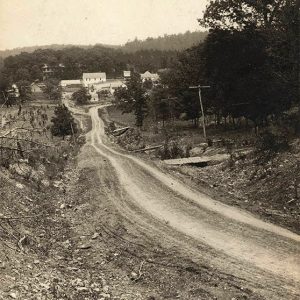 Ravenden Springs View
Ravenden Springs View
 Rawleigh Remedies
Rawleigh Remedies
 Mayor Willie Ray
Mayor Willie Ray
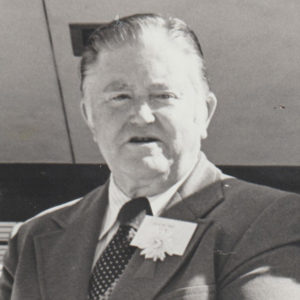 Willie Ray
Willie Ray
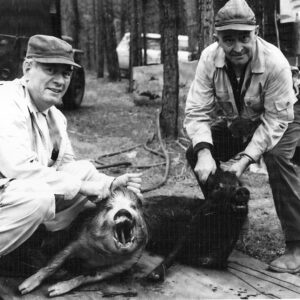 Razorback Hunters
Razorback Hunters
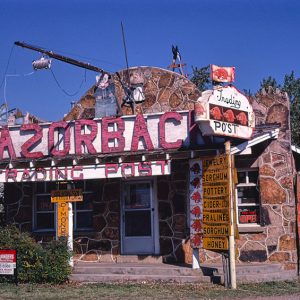 Razorback Trading Post
Razorback Trading Post
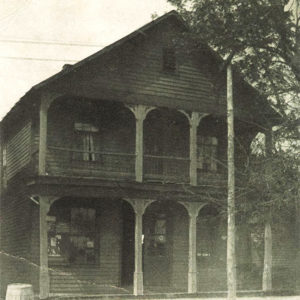 Read House
Read House
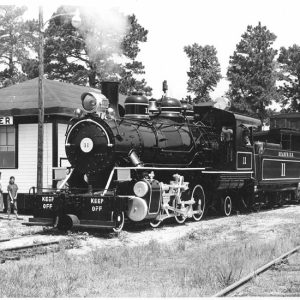 Reader Railroad
Reader Railroad
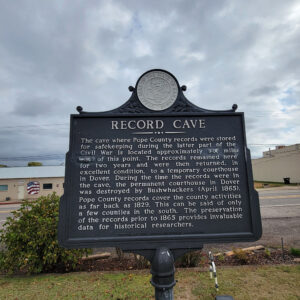 Record Cave Marker
Record Cave Marker
Rector (Clay County)
 Rector Cotton
Rector Cotton
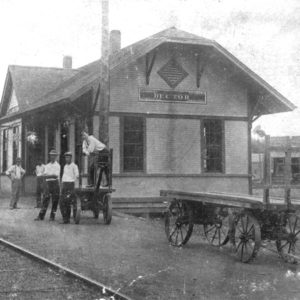 Rector Depot
Rector Depot
 Rector Drug Store
Rector Drug Store
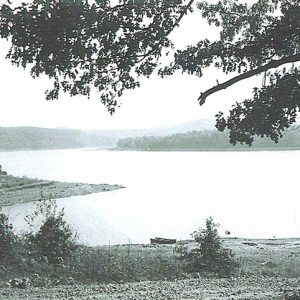 Red Bank Landing
Red Bank Landing
 Red Cross HQ
Red Cross HQ
 Red Cross Volunteers
Red Cross Volunteers
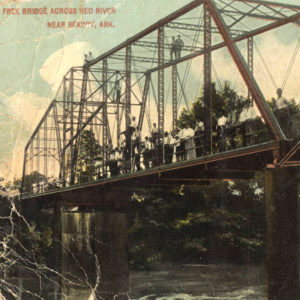 Red River Bridge
Red River Bridge
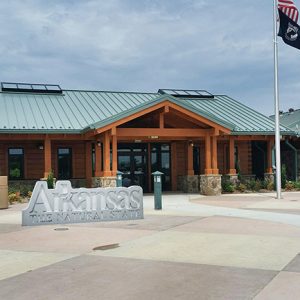 Red River Welcome Center
Red River Welcome Center
Red Springs (Clark County)
 Red Star Lumber
Red Star Lumber
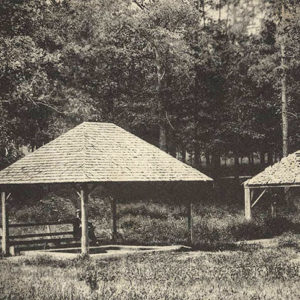 Red Sulphur Springs
Red Sulphur Springs
 Georgie Reddin
Georgie Reddin
Redfield (Jefferson County)
 Redfield City Hall
Redfield City Hall
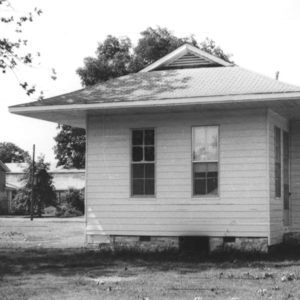 Redfield Depot
Redfield Depot
 Redfield Fire Department
Redfield Fire Department
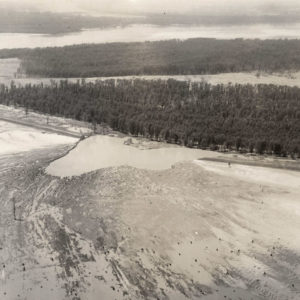 Redfield Flood
Redfield Flood
 Redfield Historic School District
Redfield Historic School District
 Redfield Library
Redfield Library
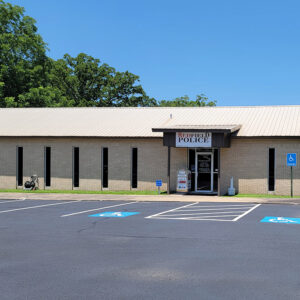 Redfield Police Department
Redfield Police Department
 Redfield Post Office
Redfield Post Office




